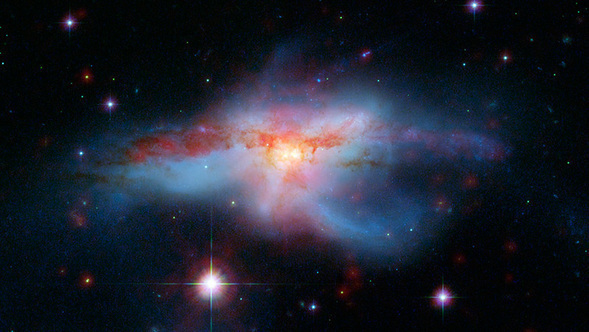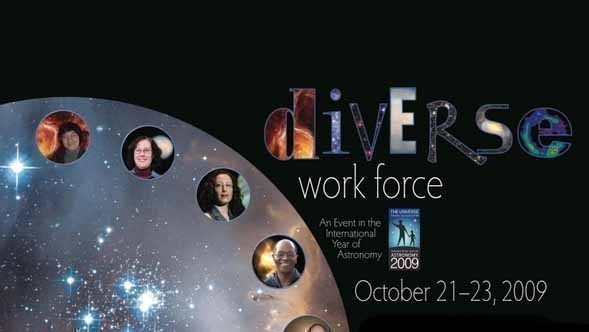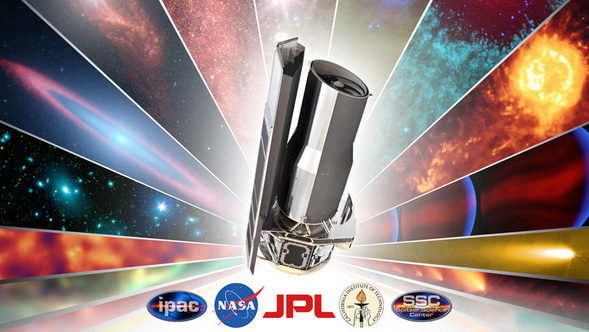
By Michelle Cluver | October 27th, 2009
Here in Pasadena the Spitzer conference has effortlessly expanded into the local and more distant universe, powered by great minds and distinguished talks (and what could be considered dangerous amounts of coffee if you aren't an astronomer).
Yesterday afternoon's session focused on some of the key processes that can be studied "up close" in our galaxy, the Milky Way. For example, baby stars growing in stellar "nurseries" (like in the Orion nebula), help us understand what is happening in other galaxies where we can't see individual areas of star formation because they are to far away. It is still tricky to resolve what we see in the Milky Way with what we see on large scales in other galaxies, but it seems that Spitzer has helped make great progress in learning more about these dusty parts of a galaxy. In particular the models of how a star and its planets form (rocky ones like Earth and big gas giants like Jupiter) are producing tantalising results. It's always good to know how you got here...
Today the conference shifted gears to the stuff I'm really interested in - other galaxies, particularly ones that are making lots of stars. These are starburst galaxies and what we call LIRGS and ULIRGS, which stands for (Ultra) Luminous Infrared Galaxies. These are the most luminous galaxies in the universe and were first discovered by IRAS. Spitzer has enabled us to study these galaxies out to large redshifts (which means far, very far and when the universe was much younger). This is important because astronomers want to understand how galaxies back then and the ones now are connected - how are they similar, how are they different, how did they form, how did they get to look this way, what will happen to them next, how do AGN (Active Galactic Nuclei) affect what happens in some galaxies and power others and... So many questions; this should help explain the need for coffee.
One of the speakers here highlighted the fact that when observatories like Herschel, ALMA and JWST make big discoveries in the future, one should remember that Spitzer was a pathfinder for them - it taught us a great deal about where to look, what to look for and gave us the statistics we need to go further in our various areas of astrophysics. I thought this was a great way of thinking of it. Thanks, Spitzer!
 Women in Astronomy and Space Science 2009
Women in Astronomy and Space Science 2009
 Rocking with "Reionization to Exoplanets"
Rocking with "Reionization to Exoplanets"



